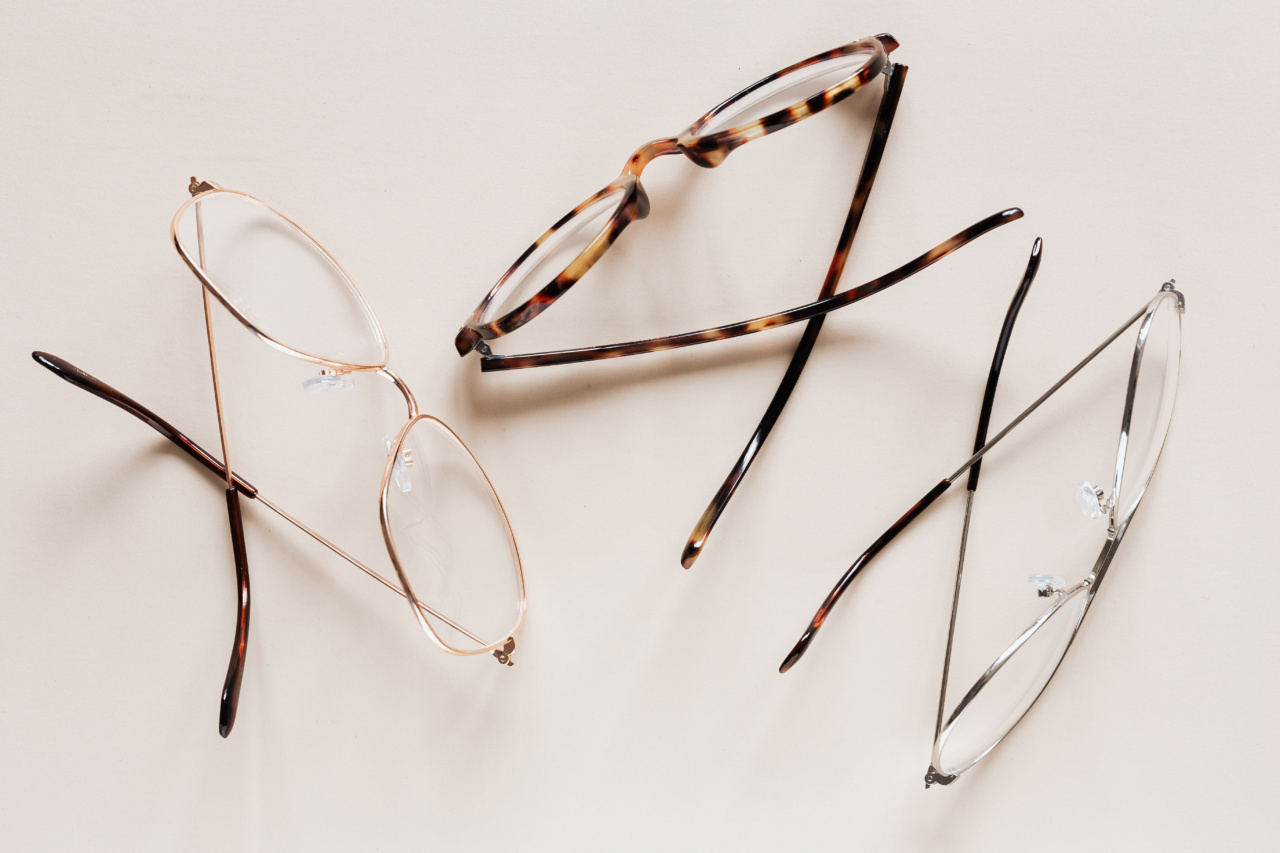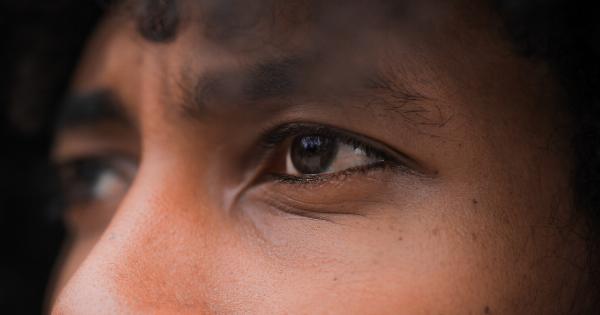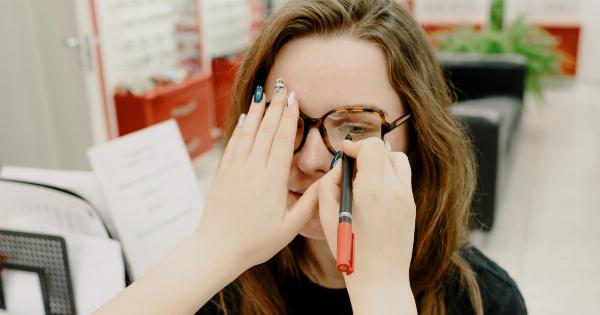Myopia, or nearsightedness, is a growing concern worldwide. With the widespread use of screens and electronic devices, lack of outdoor activities, and genetic predisposition, the prevalence of myopia is increasing at an alarming rate.
In this article, we will explore the causes, consequences, and potential solutions to tackle this rapidly spreading eye condition.
Causes of Myopia
Myopia is a complex condition influenced by various factors. While genetics play a significant role, environmental factors also contribute to its development. The following are some common causes:.
1. Genetic Predisposition
Research has shown that myopia tends to run in families, indicating a genetic link. If one or both parents have myopia, the chances of their children developing the condition are higher.
2. Excessive Near Work
Prolonged and intense engagement in activities that involve focusing on close objects, such as reading, using electronic devices, or doing intricate work, can strain the eyes and increase the risk of myopia.
3. Lack of Outdoor Time
Studies have revealed a correlation between spending less time outdoors and the prevalence of myopia. Outdoor activities expose the eyes to natural light, which aids in the development of healthy vision.
Insufficient outdoor time, especially during childhood, may contribute to myopia progression.
4. Environmental Factors
Modern lifestyle choices have also been implicated in the spread of myopia. Factors such as urbanization, pollution levels, and a higher likelihood of living in apartments with limited natural light may all play a role.
Consequences of Myopia
While myopia may seem like a benign condition, it can have significant consequences if left unmanaged. Some of the potential complications associated with myopia include:.
1. Degenerative Myopia
In some cases, myopia can progressively worsen, leading to a condition called degenerative myopia.
This condition is characterized by an elongation of the eyeball, which can increase the risk of various eye problems, including retinal detachment, cataracts, and glaucoma.
2. Reduced Quality of Life
Uncorrected myopia can significantly impact an individual’s daily life.
Difficulties in seeing objects in the distance can affect academic or professional performance, limit participation in certain sports or outdoor activities, and cause social challenges.
3. Eye Strain and Discomfort
Individuals with uncorrected myopia often experience eye strain, headaches, and fatigue due to the constant effort required to focus on distant objects. This discomfort can affect productivity and overall well-being.
4. Increased Risk of Eye Injuries
Without proper visual correction, myopic individuals are at a higher risk of accidents and injuries, especially in situations where clear distance vision is crucial, such as driving or navigating unfamiliar environments.
Addressing the Myopia Epidemic
To combat the rapid spread of myopia, it is crucial to implement effective strategies. The following are some potential solutions and interventions:.
1. Regular Eye Examinations
Eyesight deteriorates gradually, and early detection is essential. Regular eye examinations, especially for children, can help identify myopia and other visual concerns at an early stage, allowing for timely intervention.
2. Outdoor Time and Visual Hygiene
Encouraging children and adults to spend more time outdoors can help mitigate the risk of myopia.
The “20-20-20” rule, which suggests looking at objects 20 feet away for 20 seconds after every 20 minutes of near work, can also reduce eyestrain.
3. Myopia Control Measures
Various interventions are available to slow down myopia progression. These include specially designed contact lenses, orthokeratology (corneal reshaping contact lenses worn during sleep), and low-dose atropine eye drops.
Consultation with an eye care professional is crucial to determine the most suitable option.
4. Health Education and Awareness
Increasing public awareness about myopia and its potential consequences is vital.
Educating parents, schools, and communities about preventive measures, good visual hygiene practices, and the importance of regular eye checks can help in early intervention and reduce the myopia epidemic.
Conclusion
The rapid spread of myopia is a serious concern that requires immediate attention. By understanding the causes, consequences, and possible solutions, we can take proactive steps to address this growing eye condition.
Regular eye examinations, spending more time outdoors, and implementing myopia control measures can significantly reduce the impact of myopia and improve the overall visual health of individuals.






























